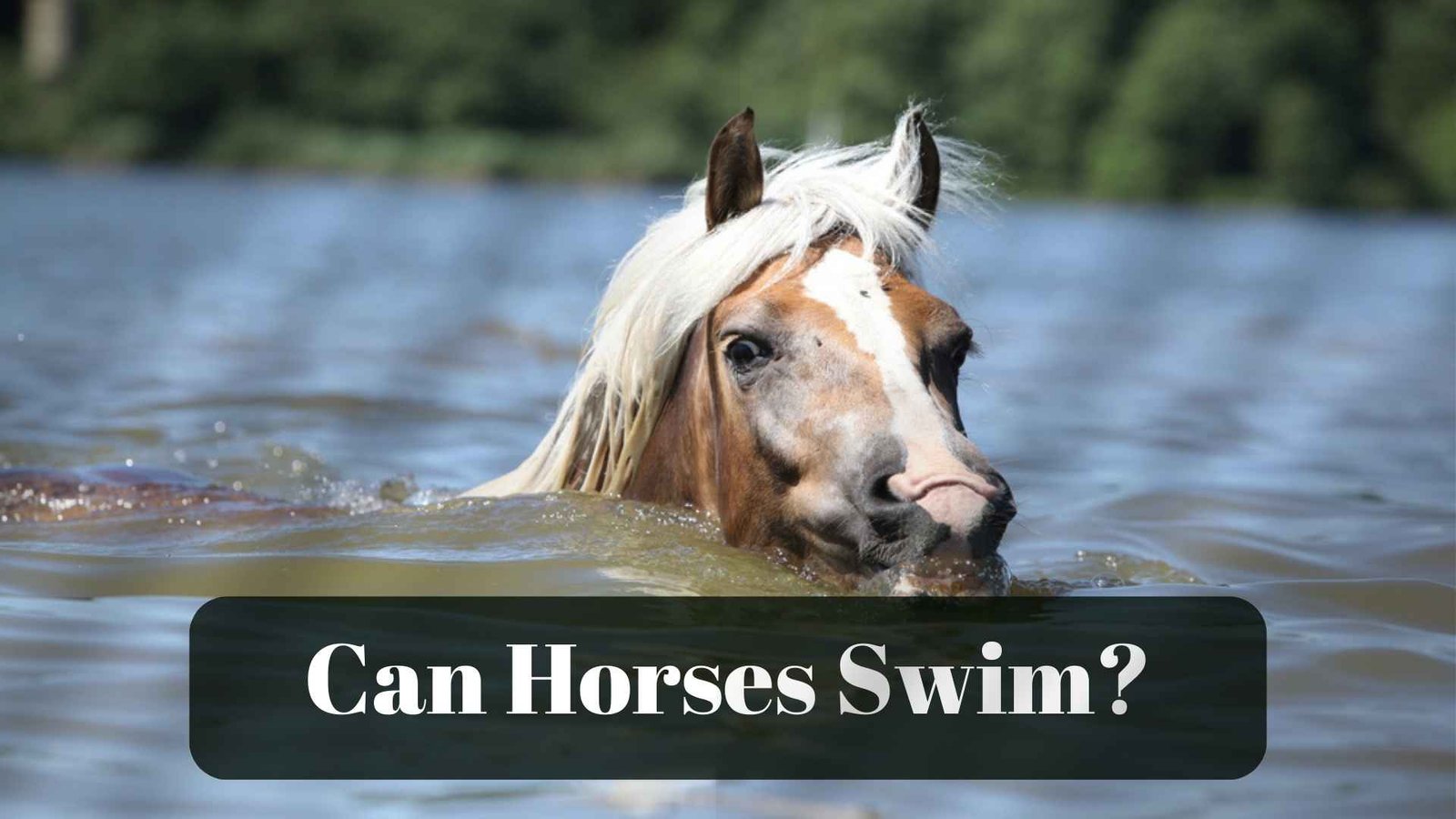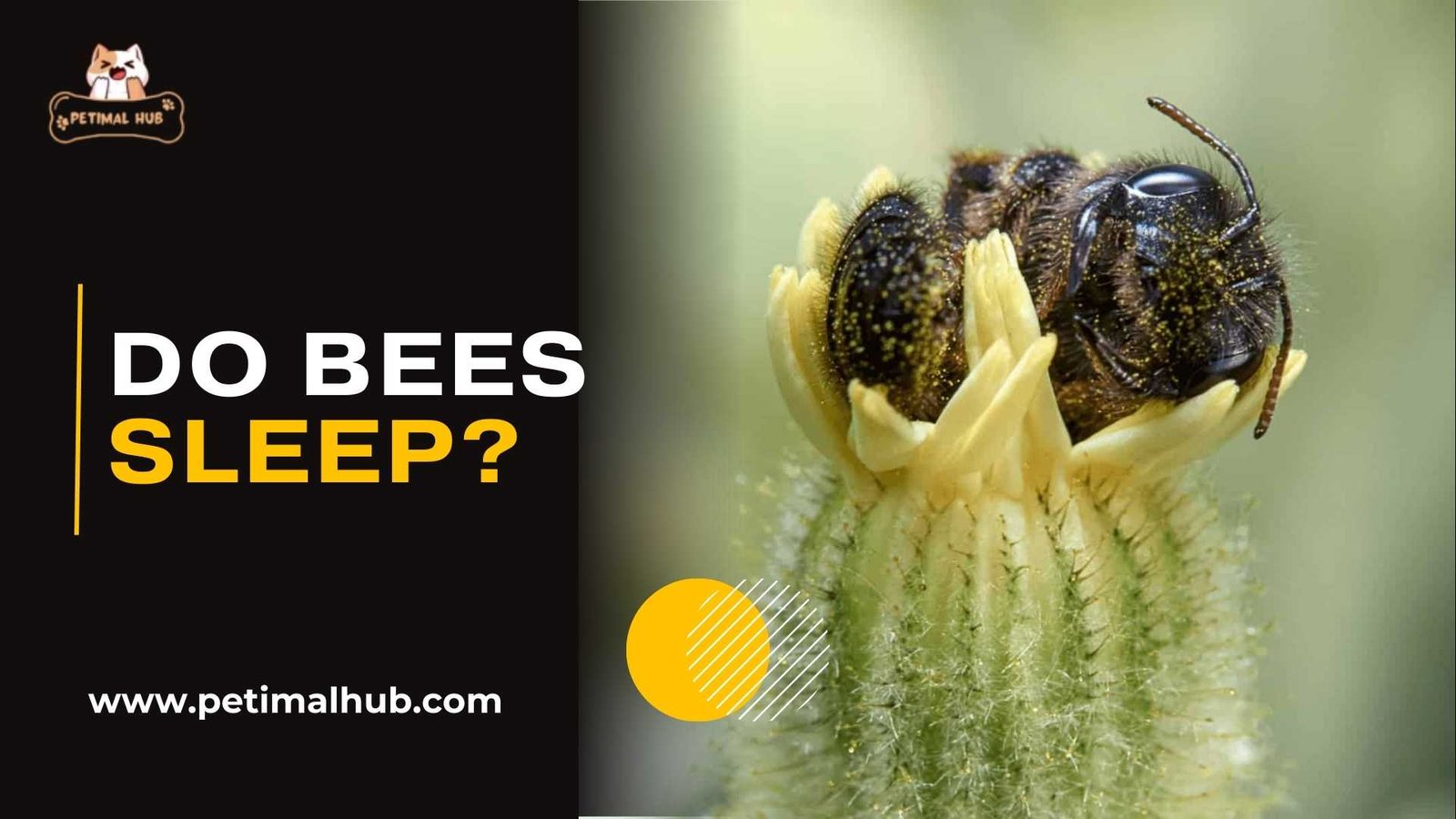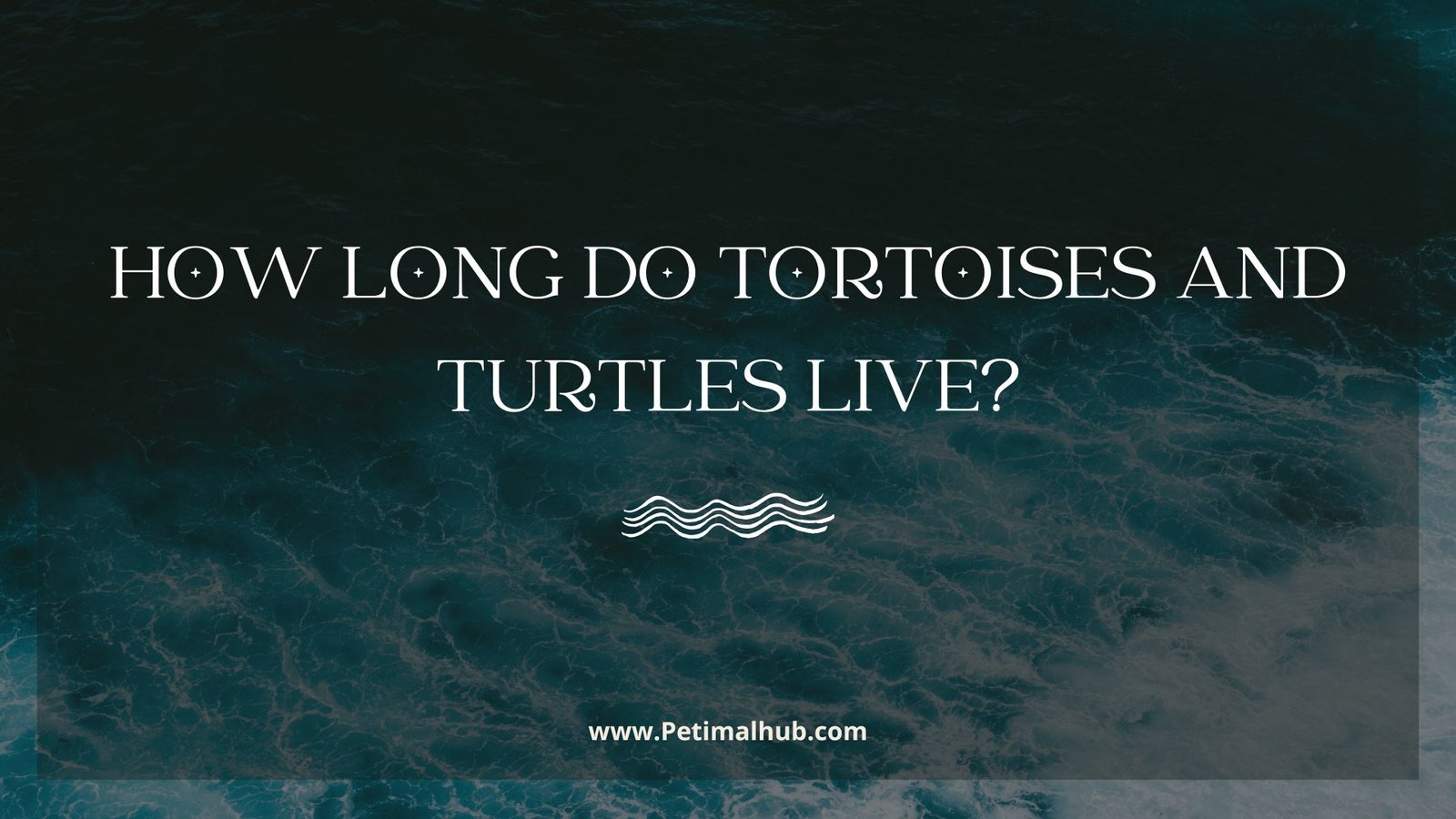
- Blog, Snake
How Long Can a Corn Snake Go Without Food?
- January 7, 2025
Corn snakes are generally reliable feeders, but there are times when they may refuse food, causing concern for their owners. Understanding the duration a corn snake can go without eating is crucial for ensuring its health and well-being. Several factors can influence a corn snake’s feeding habits, including age, environmental conditions, and health status. In this article, we’ll explore how long corn snakes can survive without food, the reasons behind their fasting behavior, and steps you can take to encourage them to resume eating.
Table of Contents
ToggleTypical Duration Corn Snakes Can Survive Without Food

Corn snakes are known for their resilience, and they can endure extended periods without food under certain conditions. However, how long a corn snake can survive without eating depends on several factors, including its age, health, and the environmental conditions it is kept in.
Average Fasting Duration for Healthy Corn Snakes
Healthy adult corn snakes can typically go without food for 2–3 months without any significant health issues. This is especially true if they have sufficient fat reserves and are not experiencing any stress or illness. Juveniles, on the other hand, can only survive for a much shorter period—usually no more than 2–4 weeks—since their smaller bodies have less energy storage.
Differences Between Juveniles and Adults
- Juvenile Corn Snakes: Require more frequent meals due to their faster metabolisms. If deprived of food for too long, they may become weak, lethargic, or lose weight rapidly.
- Adult Corn Snakes: Have slower metabolisms and larger fat reserves, allowing them to survive longer periods without food. However, extended fasting should still be monitored closely to ensure their health is not compromised.
Comparison to Other Snake Species
Compared to some larger snake species like ball pythons or boas, corn snakes have a slightly shorter fasting tolerance. While a ball python might go months without eating, corn snakes generally exhibit more frequent feeding habits and are less likely to tolerate long-term fasting without health consequences.
Impact of Brumation
During brumation (a natural hibernation-like state), it’s common for corn snakes to stop eating altogether. This period can last for several weeks or even a couple of months. If your snake is healthy and properly prepared for brumation, it can safely go without food during this time, provided it has access to water.
Also, Read More: How Do Horses Mate?
Warning Signs of Prolonged Fasting

While corn snakes can endure fasting, owners should watch for warning signs such as drastic weight loss, dehydration, or changes in behavior. These symptoms may indicate underlying issues that need immediate attention.
Factors Affecting How Long a Corn Snake Can Go Without Food

Corn snakes are hardy reptiles, but several key factors influence how long they can survive without eating. Understanding these variables is essential to gauge your pet’s health and identify potential issues.
Age and Size
Younger corn snakes, or hatchlings, have faster metabolisms and need to eat more frequently than adults. A juvenile may require food every 5–7 days, while an adult can easily go 7–14 days between meals. In some cases, adult corn snakes can survive several months without food, provided they are healthy.
Health Condition
The overall health of your corn snake plays a significant role in its ability to endure fasting. A healthy snake with adequate fat reserves can tolerate longer periods without food. However, snakes suffering from illnesses, parasites, or injuries may struggle and require immediate attention.
Environmental Conditions
The environment you provide directly impacts your snake’s appetite and energy reserves. Optimal temperature gradients (75–85°F) and humidity levels (40–60%) are crucial for maintaining normal metabolism. If these conditions are off, your snake may refuse to eat or struggle to digest meals properly.
Time of Year
Corn snakes are native to regions with seasonal changes, and their behavior often reflects this. During colder months, especially in winter, corn snakes may enter brumation—a hibernation-like state where they become less active and eat infrequently or not at all. This is a natural survival mechanism and not typically a cause for concern.
By understanding these factors, you can provide the best care for your corn snake and address any feeding issues proactively. Regular observation and adjustments to your snake’s environment are essential for maintaining its health and well-being.
Reasons Corn Snakes May Refuse Food

A corn snake refusing food can be concerning, but it’s not always a sign of a serious issue. There are several common reasons why your snake might stop eating, ranging from natural behavior to environmental factors or health concerns. Identifying the cause is crucial to addressing the issue effectively.
Common Reasons for Corn Snake Food Refusal
Reason | Description | Suggested Solution |
|---|---|---|
Stress | Relocation, excessive handling, or a noisy environment. | Minimize handling and provide a quiet, stable habitat. |
Incorrect Habitat | Improper temperatures or humidity levels. | Ensure a temperature gradient (75–85°F) and 40–60% humidity. |
Shedding Cycle | Natural refusal during shedding; visible signs include dull skin and cloudy eyes. | Wait until shedding is complete before attempting to feed. |
Health Issues | Illness or parasites causing discomfort or appetite loss. | Consult a reptile veterinarian for diagnosis and treatment. |
Prey Size/Type | Prey is too large, too small, or not warm enough to stimulate feeding instincts. | Offer appropriately sized prey and warm it to ~98°F. |
Seasonal Behavior | Reduced feeding during brumation or colder months. | Ensure proper hydration and monitor behavior closely. |
Also, Read More: How Much Does a Bee Weigh?
Signs That Your Corn Snake Might Be in Trouble

If your corn snake refuses food for an extended period or shows other signs of distress, it’s important to recognize when there might be a more serious issue at play. While occasional fasting is normal, prolonged refusal to eat or other behavioral changes can signal health problems that require attention. Below are some common signs that your corn snake might be in trouble:
Rapid Weight Loss
If your snake is not eating for weeks and you notice noticeable weight loss or thinning, this could be a sign of malnutrition or an underlying health issue. Healthy corn snakes can lose weight gradually, but a sudden drop in weight should not be ignored. Regularly monitor your snake’s body condition, and weigh it if possible to track any significant changes.
Lethargy or Reduced Activity
While corn snakes are naturally more active during certain times of the day, a lack of movement or extreme lethargy could indicate a problem. If your snake is spending most of its time hiding and not responding to environmental stimuli (such as feeding attempts or light), this could signal an illness, stress, or poor health.
Swollen or Discolored Abdomen
A swollen or abnormally discolored abdomen can indicate digestive issues, infections, or even internal parasites. If your snake’s abdomen appears bloated or becomes unusually firm, it’s crucial to consult a reptile vet to diagnose and treat any potential issues related to intestinal problems or organ dysfunction.
Conclusion
Understanding how long a corn snake can go without food and the reasons behind food refusal is vital for its health. While corn snakes can tolerate fasting, monitoring their behavior, environment, and health is key. Juvenile snakes need more frequent meals, and any refusal to eat should be observed closely. If food refusal persists or signs of illness appear, consulting a reptile veterinarian is essential. With proper care, your corn snake will thrive, and regular checks will help address any issues that arise.
FAQs
A healthy adult corn snake can typically go without food for 2–3 months, while juveniles may only last 2–4 weeks.
Common reasons include stress, improper temperature or humidity, shedding, or underlying health issues.
Adult corn snakes should be fed every 7–14 days, while juveniles need food every 5–7 days.
Yes, if a corn snake goes without food for too long, especially if it is already stressed or ill, it can lead to malnutrition and eventually death.
Check its environment, ensure proper health care, and consult a veterinarian if food refusal persists for more than a few weeks.





